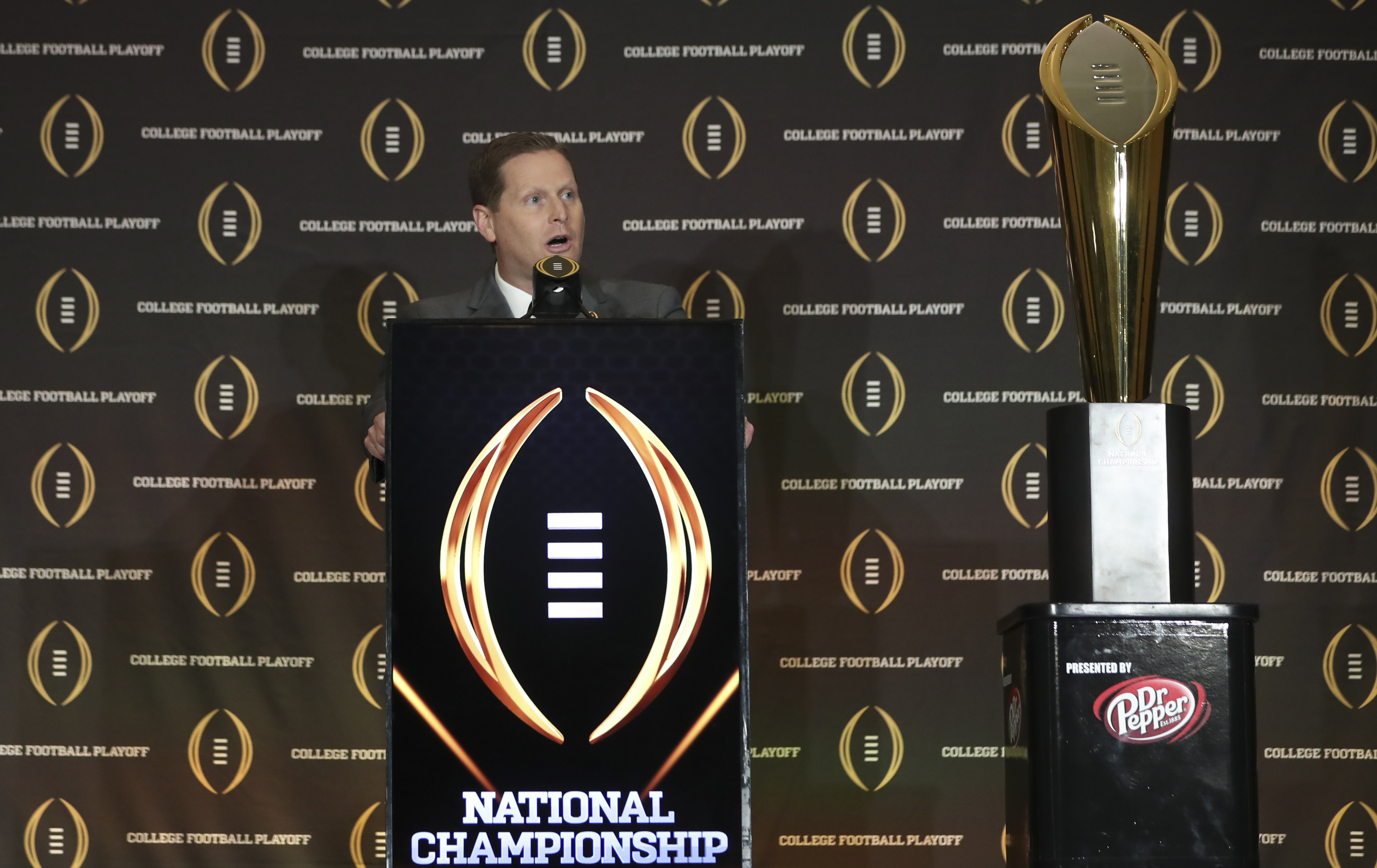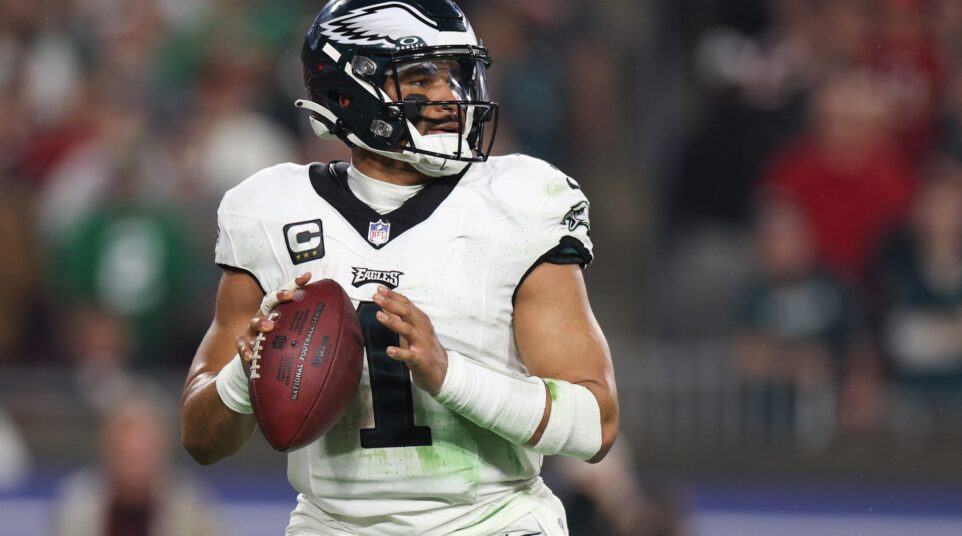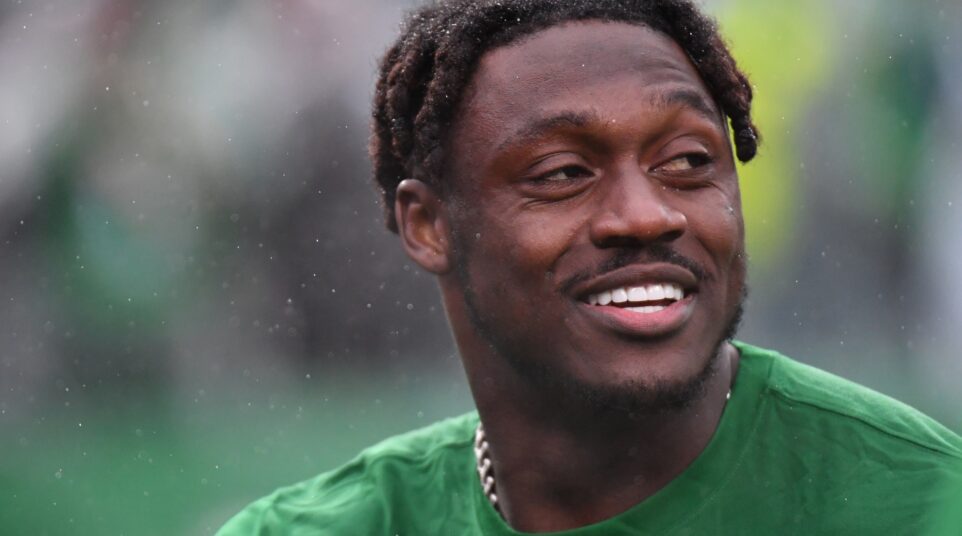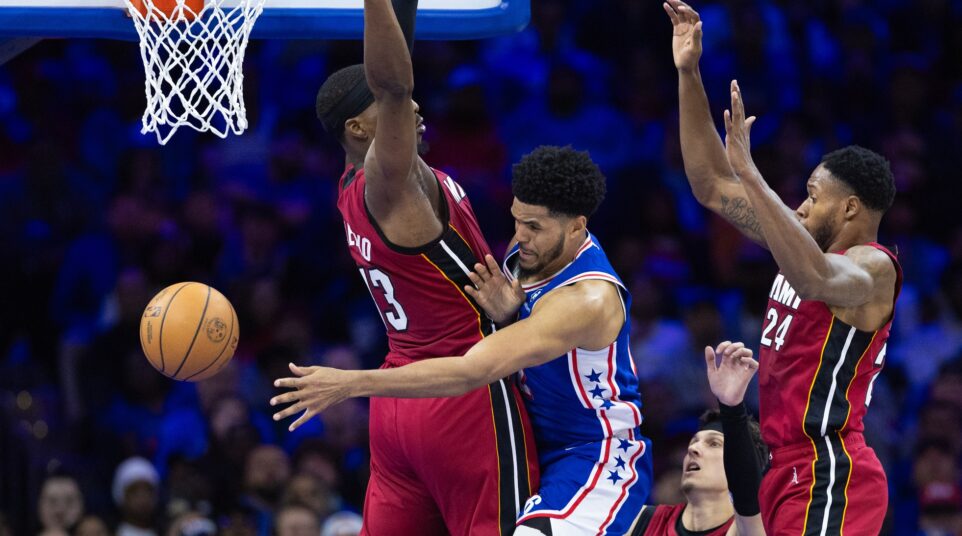
The Bu$ine$$ of College Football
Last week, the college football world experienced another iteration of what has become an annual scandal.
No, I’m not talking about the announcement of the four schools that were selected to compete in the College Football Playoff (CFP), or the various other bowl berths that were assigned. Undoubtedly, charting the four best teams makes for compelling television. Absent a truly objective way to assess teams that do not always play each other, there is always enough uncertainty built into the process to generate debate. But the dispute that arises at the conclusion of each regular season over the CFP participants pales in comparison to the year-end spending frenzy that takes place among the Power 5 conferences and the chaos that ensues throughout the Football Bowl Subdivision (FBS).
Universities that fell short of their boosters’ expectations scour the coaching landscape in search of a savior to lead their football programs back to prominence. Yesterday’s wunderkinds are discarded in favor of today’s geniuses. The outgoing head coach accepts his lucrative buyout package while the ink dries on his successor’s multimillion-dollar deal. When the game of mercenary musical chairs ends, everyone seems to find a seat. Everyone, that is, except for the players who provide the labor and risk their physical welfare for our entertainment.
This time of year, the coaching market moves at warp speed. It can be incredibly disorienting. Take Willie Taggart, for example. One minute, the coach is flashing the “O” during a recruiting trip on behalf of the University of Oregon:
Thanks for the visit coaches!! 🔥💯🦆 pic.twitter.com/AeVYThdgJR
— Christopher Randazzo (@Randazie) December 1, 2017
Nine days later, Coach Taggart has abandoned Eugene and the “O” for Tallahassee and the Tomahawk Chop:
Most popular person at last night's @FSUHoops game?
👉 @CoachTaggart 👈#TaggartEra pic.twitter.com/JGsodmmsaR
— FSU Football (@FSUFootball) December 7, 2017
In the span of one calendar year, Taggart has been the head coach at the University of South Florida, Oregon, and Florida State. His latest opportunity arose when former Seminole coach Jimbo Fisher left FSU for the greener pastures of Texas A&M. A&M locked in Fisher with a 10-year, $75 million contract after absorbing former coach Kevin Sumlin’s $10 million buyout, which is due in full within two months of his dismissal. Sumlin was likely a candidate at Arkansas, which handed Bret Bielema a pink slip and an $11.8 million golden parachute. However, the Razorbacks opted to sign Chad Morris to a six-year deal at $3.5 million per season.
These are just a few of the moves that occurred on the college football chess board in recent days. Athletic departments flush with cash from television contracts and donor funds have demonstrated that they will spend top dollar to lure the best coaching candidates to their campuses.
“It’s a business,” has emerged as the primary rhetorical crutch employed to justify the opulent spectacle. Like all cliches, this odious phrase is designed to free us from the burden of critical thought. It works well for the defenders of collegiate amateurism, at least until they are confronted with athletes making their own “business” decisions (i.e. skipping bowl games in order to stay healthy for the NFL Draft).
I’ve always wondered how an apologist for the student-athlete model could watch with a clear conscience the Rose Bowl Game presented by Northwestern Mutual, or the PlayStation Fiesta Bowl, or any of the other corporate-sponsored exhibition contests that are played throughout the holiday season. How does one wrestle with the cognitive dissonance that results as these amateurs take the field wearing the logos of Nike, Adidas, or Under Armour? The big-ticket bowl games generate millions in revenue for the participating schools and the conferences they represent. The coaches who shepherd their programs to these games usually receive a contractually-negotiated bonus:
Bonuses of coaches for getting into the College Football Playoff:
Kirby Smart, Georgia, $500,000
Dabo Swinney, Clemson, $200,000
Nick Saban, Alabama, $200,000
Lincoln Riley, Oklahoma, $75,000
— Darren Rovell (@darrenrovell) December 3, 2017
Athletic directors, like Gene Smith at Ohio State, also get financially rewarded for the accomplishments of the program. The only people who are prevented from receiving a slice of the pie are the student-athletes.
Those who embrace the status quo rely on a litany of arguments to defend this ridiculous system. The players, they will tell you, are paid through the scholarships they receive. This specious claim conflates cost and value. Just because a year at Fill-in-the-Blank U has a $50,000 price tag attached to it does not mean that two semesters of collegiate enlightenment is worth that kind of money. We would do well to be more skeptical of the administrators who have relentlessly raised tuition for the past three decades at a rate that easily outpaces inflation. Is it a nice perk that athletes on a full scholarship will not be subject to the avalanche of student debt under which the rest of us are buried? Definitely! But don’t fall for this sleight of hand. The real issue here is a higher education system that has exploited the myth that everyone ought to attend college, and subsequently fattened itself on guaranteed loans issued at the government trough. Universities have too often expended their capital on bloated administrative bureaucracies and building projects, while increasingly leaving the minor task of educating the student body to an overworked and underpaid army of adjunct professors.
Moreover, student-athletes sacrifice a significant portion of the student experience at the altar of athletics. It’s not a stretch to say that the privilege of representing a Division 1 school is more like a job. Ask yourself: when was the last time a player missed a game in order to attend to an academic responsibility? Would the Penn State faithful have accepted that Saquon Barkley had to skip the Ohio State game in order to study for a midterm? How about if Heisman Trophy winner Baker Mayfield opted out of a Thursday night tilt in Ames against Iowa State because he had to finish a paper for his English class?
Games are scheduled based on the needs of the broadcast partner. If ESPN wants a Tuesday night contest on one of its networks, you can bet that the Sun Belt or MAC will answer the call. This is an even bigger issue in college basketball, where premiere matchups can take place at any time during the week.
Speaking of ESPN, the network is uniquely positioned to shine a spotlight on this chicanery. In fact, ESPN employee Jay Bilas is a vocal critic of amateurism. However, ESPN has never been able to figure out its identity. Is it a journalism outlet or a content provider? The network has tried with some success to occupy both roles, but it’s exceedingly difficult to call out the NCAA for hypocrisy with respect to its position on amateurism when you’re partnering with its member institutions to air the College Football Playoff for $470 million per season for 12 years. As viewers discovered when ESPN withdrew from a joint venture with Frontline to produce a documentary on concussions in the NFL, what’s good for journalism isn’t what’s always good for business.
Despite extended periods of silence from the media, the judicial system has stepped into the void. If you’re wondering why athletes are suddenly receiving stipends, look no further than the various legal challenges to amateurism that are winding their way through the courts.
Going forward, there are several steps the NCAA can take to create a more equitable financial system. In particular, student athletes should be able to market their likeness or pursue sponsorship opportunities without risking their eligibility. If a university wants to sell the jersey of a popular player, negotiate a royalty with said player. Money can also be generated from video games (which were discontinued after the NCAA lost the Ed O’Bannon lawsuit) and autograph signings.
More importantly, there needs to be a renewed push to compel FBS schools to share their football revenue with the athletes performing the labor. Given the spendthrift nature of athletic departments, it’s ridiculous to claim that athletic revenues are not bountiful enough to allow for player compensation. Similarly, the notion that a young adult who is eligible to vote and serve in the military cannot be entrusted with money they have earned is paternalistic. But if this is your position, perhaps you should be demanding that colleges offer more business courses to their athletes and fewer no-show paper courses on obscure African languages.
Ultimately, if you’re still wringing your hands over the prospect of money corrupting amateur collegiate athletics, you haven’t been paying attention. Money has influenced every aspect of the operation, from the teams on the schedule and the coaches on the sideline to the apparel and equipment that the athletes wear. The system will eventually buckle under the weight of its own hypocrisy. Feel free to continue burying your head in the sand, but be careful: the tide is rapidly approaching the shoreline, threatening what little beachhead you have remaining under your feet.





